| Architect |
Raphael Viñoly |
| Date
Built |
2013 |
| Location |
Former
Radcliffe Hospital Site on the Woodstock
Road |
| Description |
|
The Andrew
Wiles Building, located on the site of the
former Radcliffe Hospital, is home to the
University of Oxford's Mathematics
Institute. Following the opening of
the new Radcliffe Hospital, the site was
cleared and work began on a master plan for
what the university calls the Radcliffe
Observatory Quarter because of its proximity
to the historic observatory, shown below.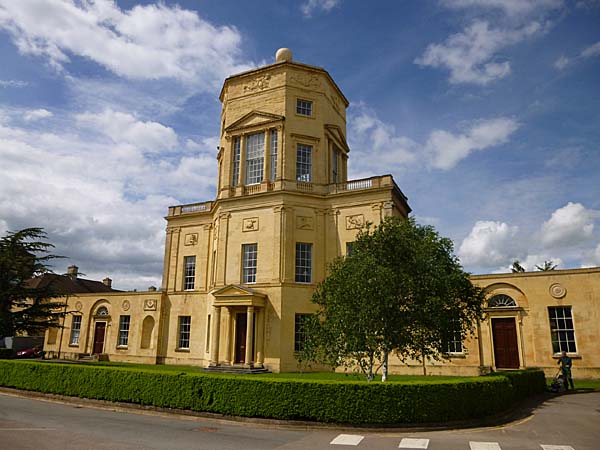 Rafael Viñoly drew up the master plan for the site and also designed the Wiles Building, named after Sir Andrew Wiles, a British mathematician and professor at the University of Oxford noted for proving Fermat's Last Theorem. The building has made it possible for a department previously scattered in a variety of settings throughout the university to be consolidated on one site. 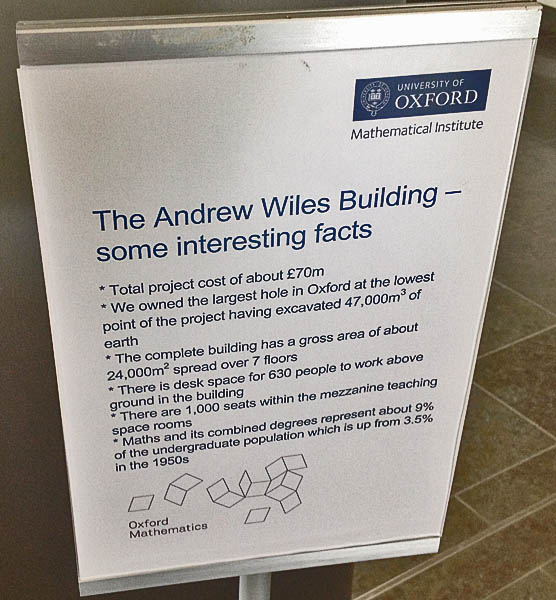 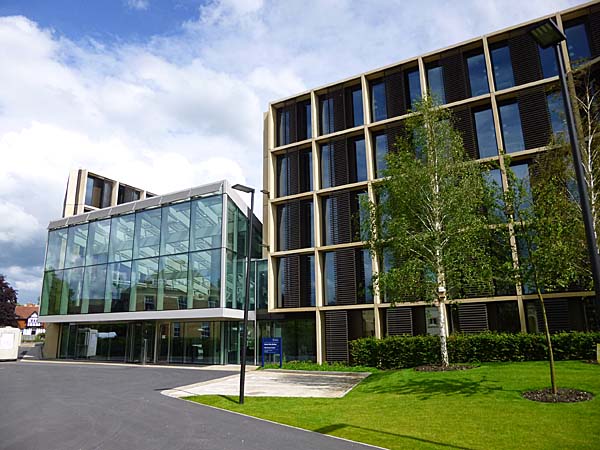 An atrium
links the wings of the building
providing places for social
gathering.
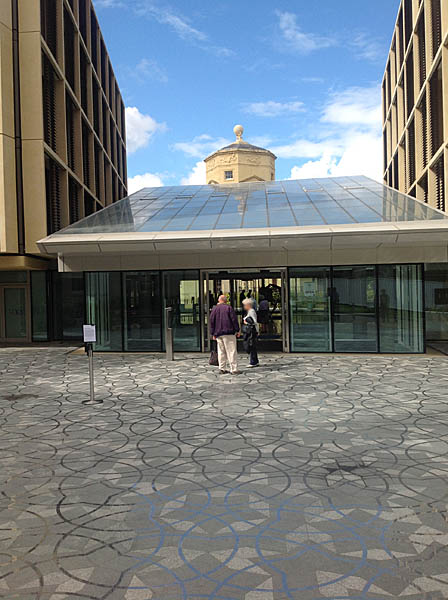 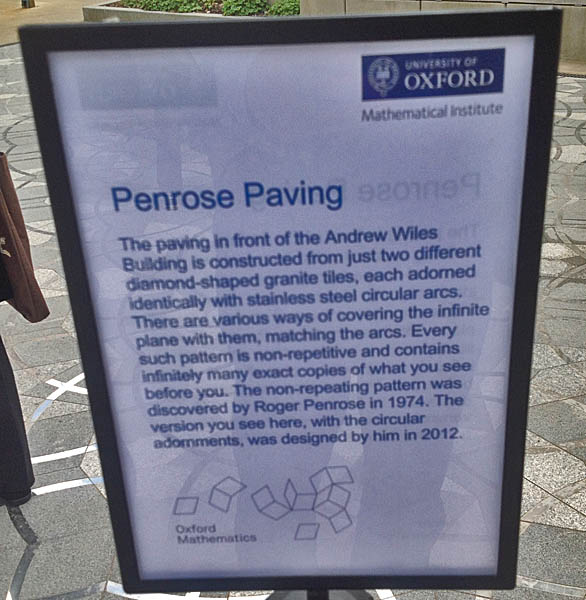 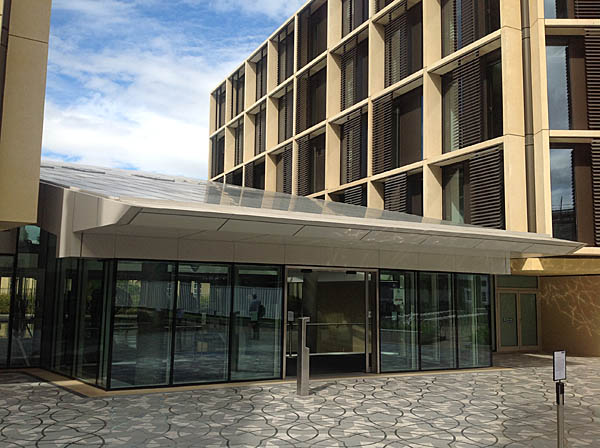 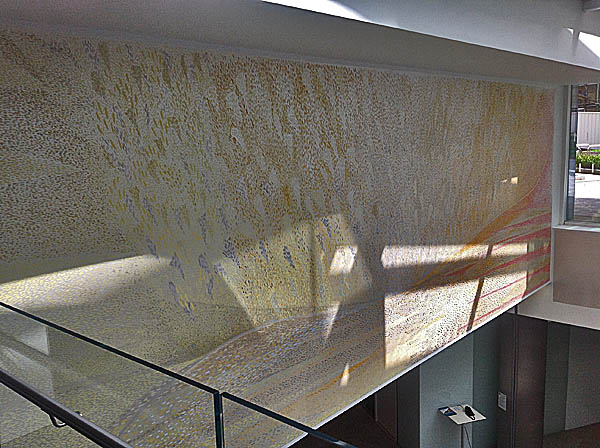 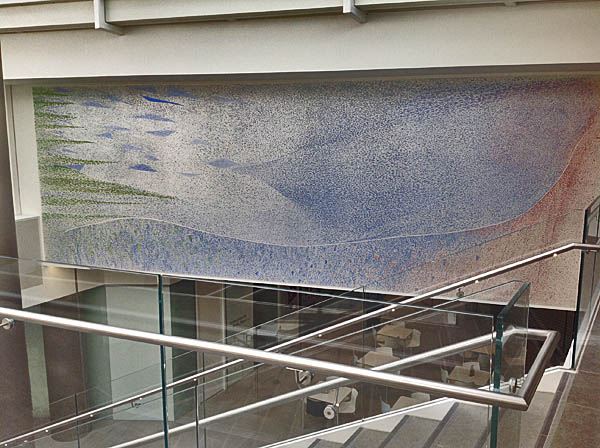 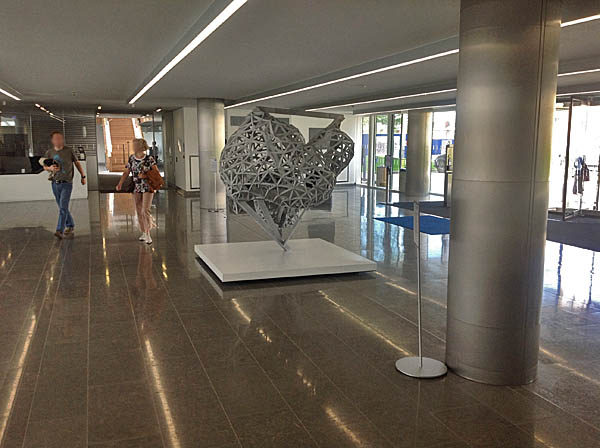 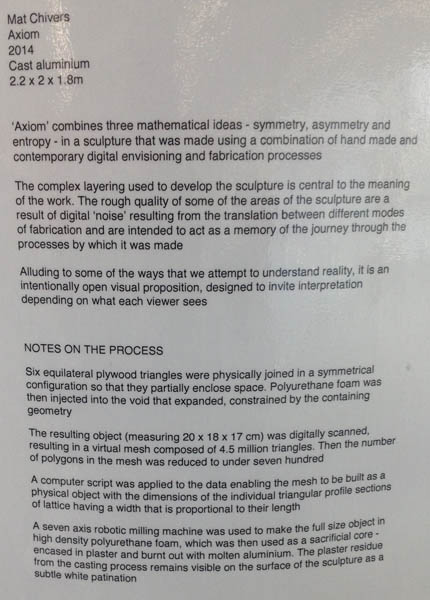 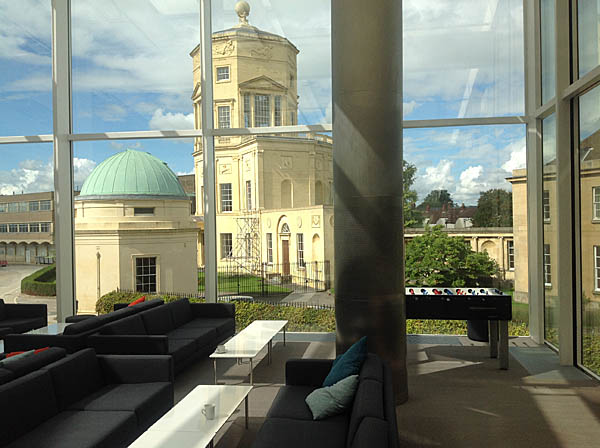 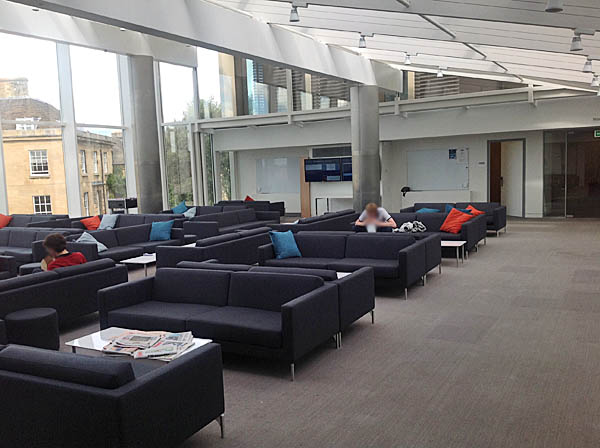 Bridges and staircases provide circulation within the building. Lecture halls, classrooms and seminar rooms are arranged around the open space. 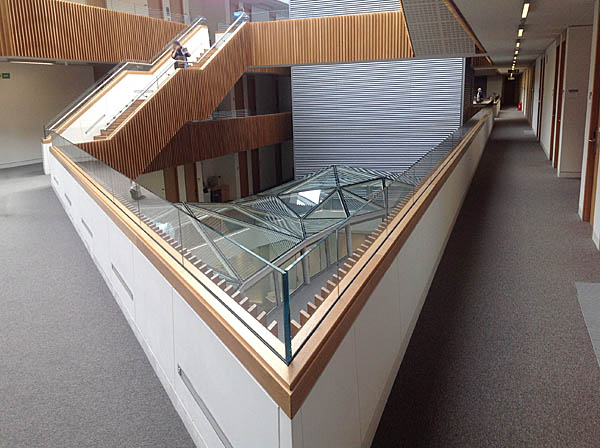 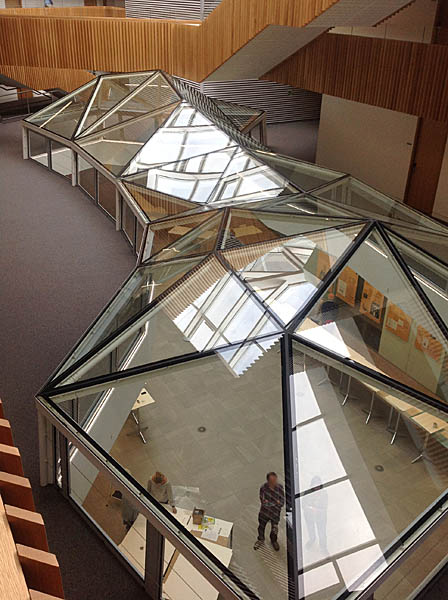
 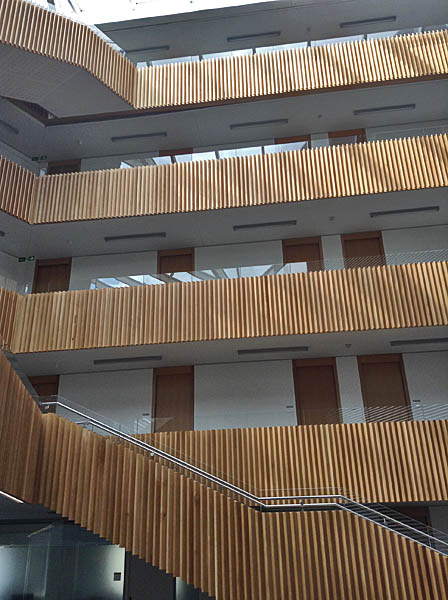  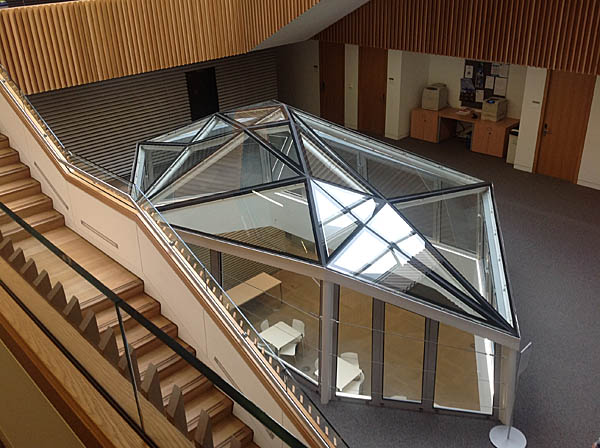 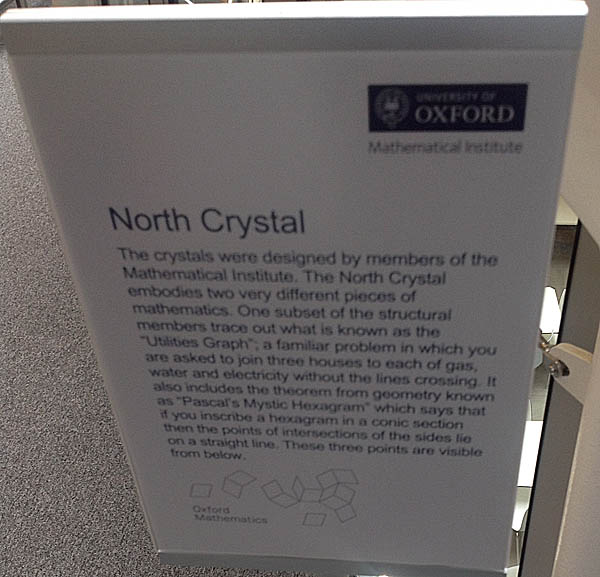 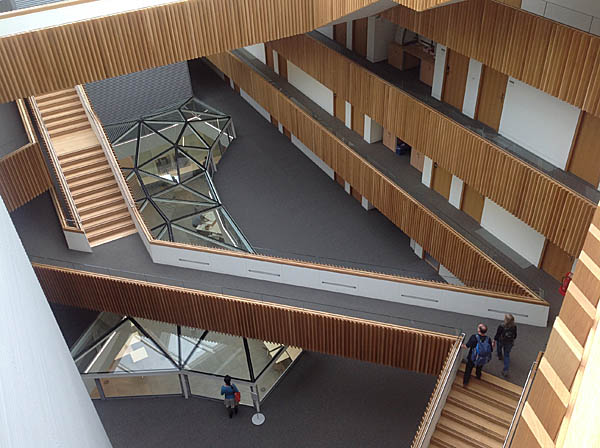 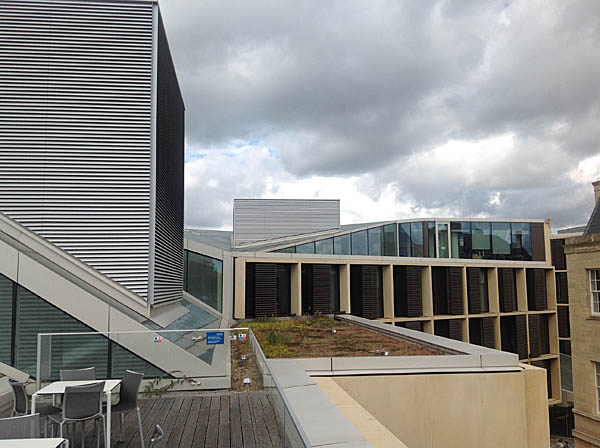 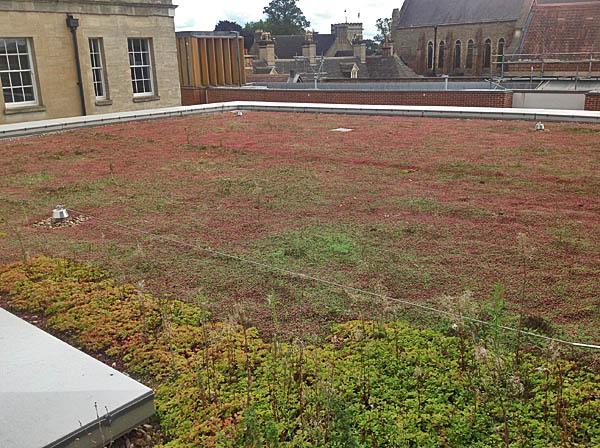 ***************** 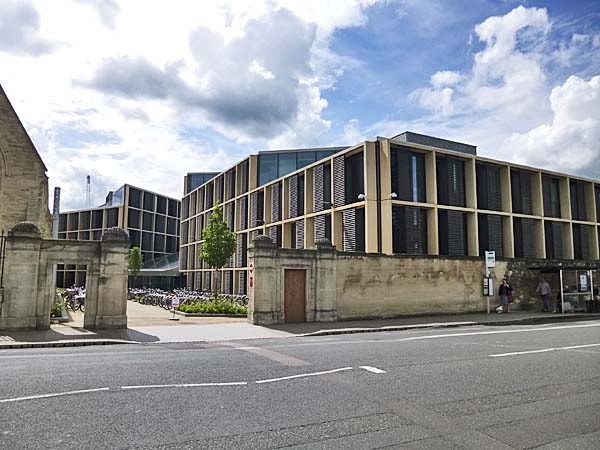 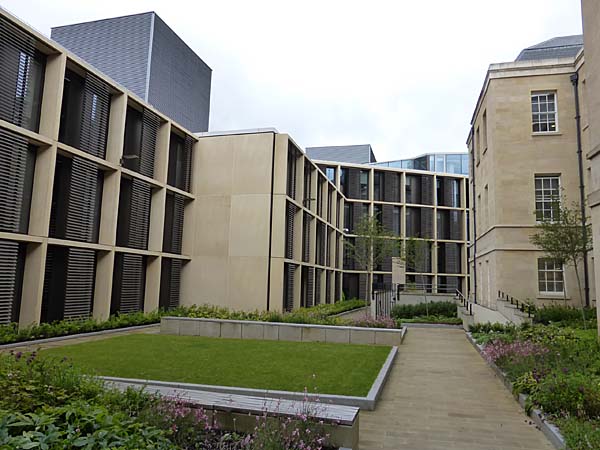 In addition to the construction of new buildings on the site, the redevelopment has involved the refurbishment of the historic buildings that remain. 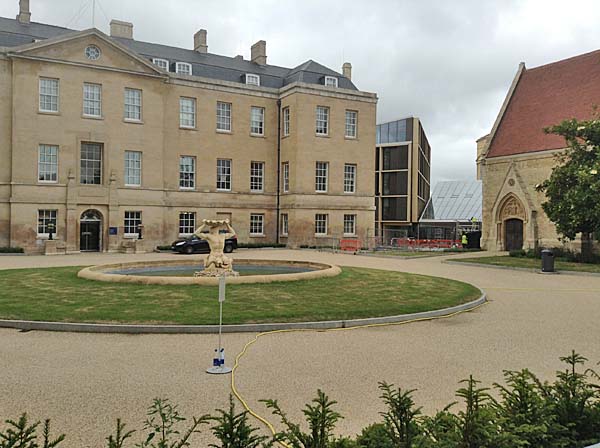 ******************* 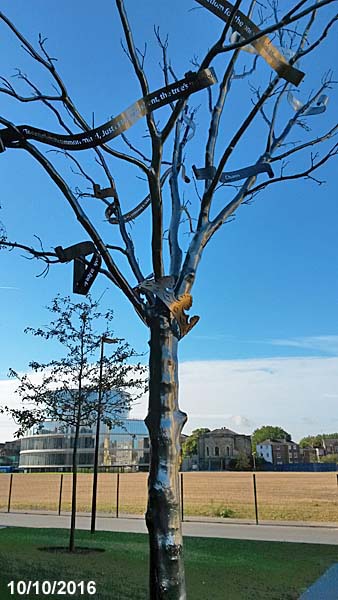 In 2015 a
sculpture of a tree was erected on the
Radcliffe Observatory Quarter outside
the Andrew Wiles Building. The
Alchemical Tree was designed by artist
Simon Periton and is described on the
Oxford University website as
follows: "...The
Alchemical Tree was inspired by
historical images of such trees,
symbolising growth,
transformation, interdisciplinary
collaboration and a quest for
knowledge. ....
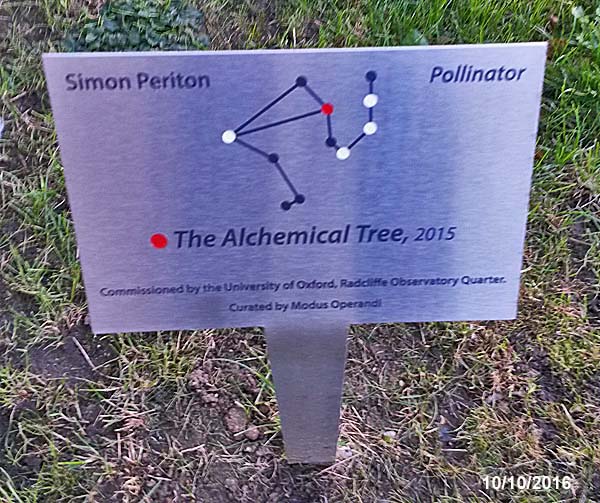 ... Periton’s Alchemical Tree – cast from an ash tree in Norfolk – features a golden crown hooked around the trunk, below a series of scrolled banners amongst the tree’s branches and inscribed with texts suggested by departments based within the ROQ.'The crown references an illustration from Salomon Trismosin’s manuscript Splendor Solis (a famous treatise on alchemy from the 16th century), and represents the successful attainment of a higher state, a realisation of perfection." 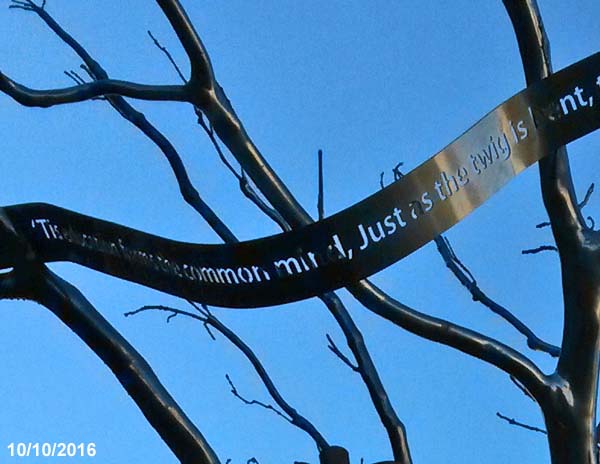 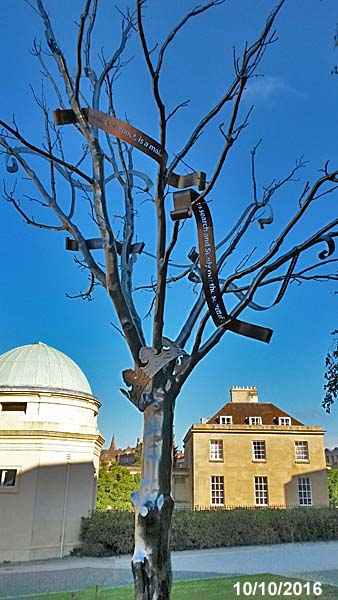 |
|
|
Andrew
Wiles Building, Oxford University, UK
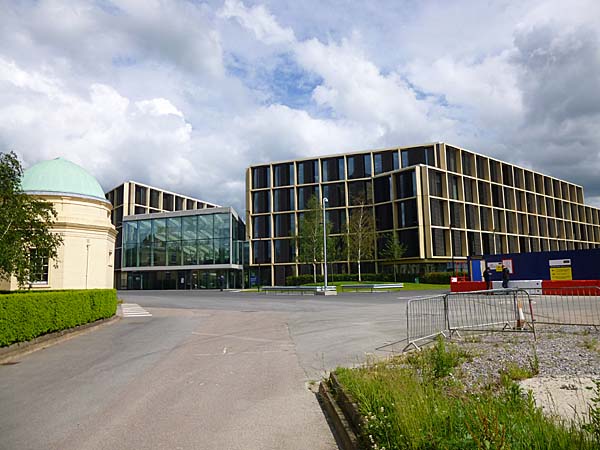 |
